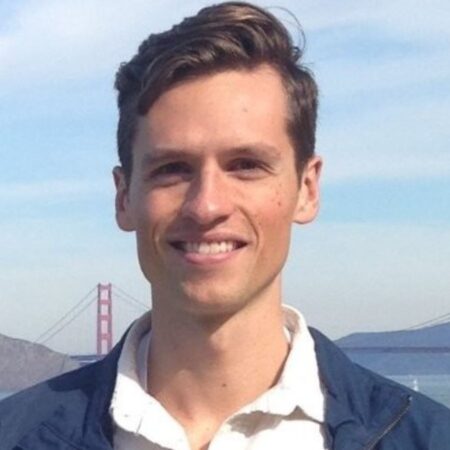Adam Stooke

Adam grew up in O’Fallon, Illinois, in sight of the St. Louis Arch. A positive experience learning from an excellent high school physics teacher led him to pursue science and engineering.
Following in his father’s footsteps, Adam entered the U.S. Air Force Academy in 2004. He studied physics and math, and he developed an Air Force history curriculum for freshman cadets.
The Hertz Fellowship enabled Adam to study physics at University of California, Berkeley for his first assignment as a commissioned officer, starting in 2008. There he joined an experimental research group at Lawrence Berkeley National Lab studying ultrafast physics/chemistry using high harmonic generation. In 2010, Adam left Berkeley for his next assignment at the Air Force Research Lab (AFRL) in Albuquerque, New Mexico.
Adam joined the Space Communication Group within AFRL. His main responsibility was experiment planning, execution, and analysis for a $20 million experimental communication device launched into orbit. His extensive modeling and simulation of the system also contributed to planning potential future uses on other space platforms. In addition, he managed a small portfolio of other communication technology development programs.
Adam served as the first military liaison at the Advanced Research Projects Agency—Energy (ARPA-E) in Washington, D.C., an assignment born of a Hertz connection. He explored and promoted potential areas of collaboration with the Department of Defense, including government-to-government consulting and data sharing, initiation of complementary research and development programs, testing and evaluation of prototypes, and even military acquisitions using ARPA-E technologies.
After concluding his Air Force service, Adam returned to UC Berkeley, where he is currently pursuing PhD studies in computer science. He works at the intersection of deep learning and controls. His research efforts include improving the performance of deep reinforcement learning algorithms and scaling up their implementations to harness increased computing resources.